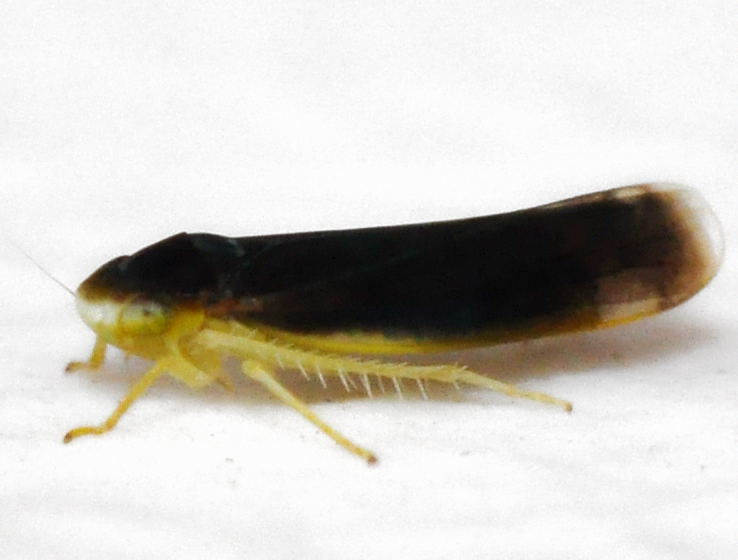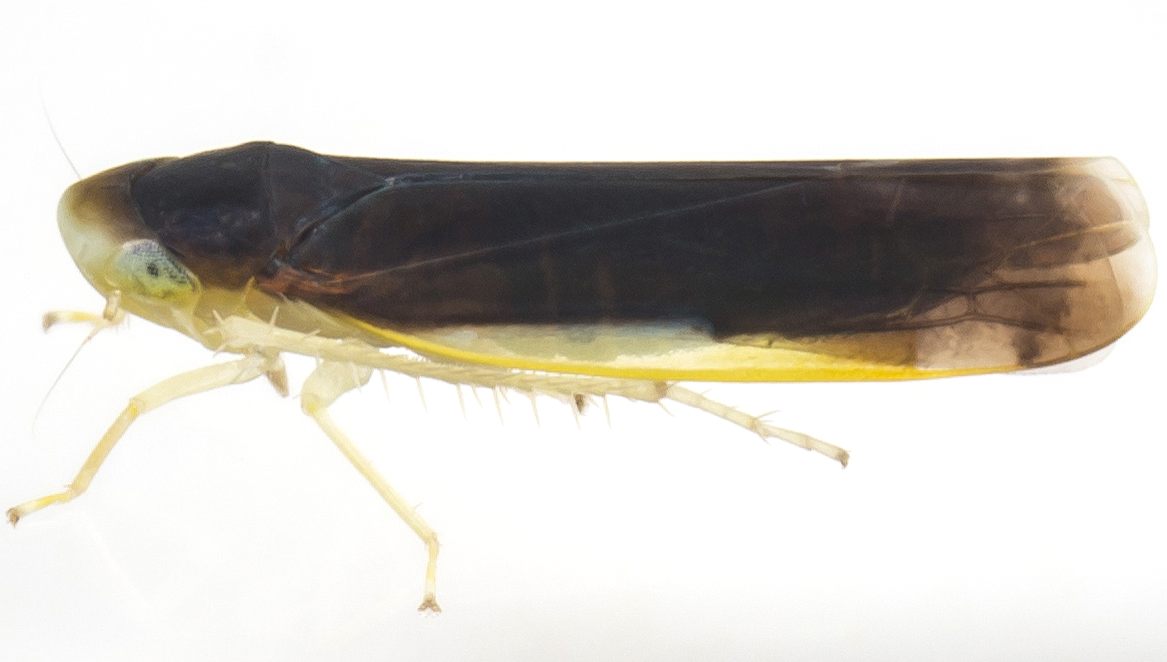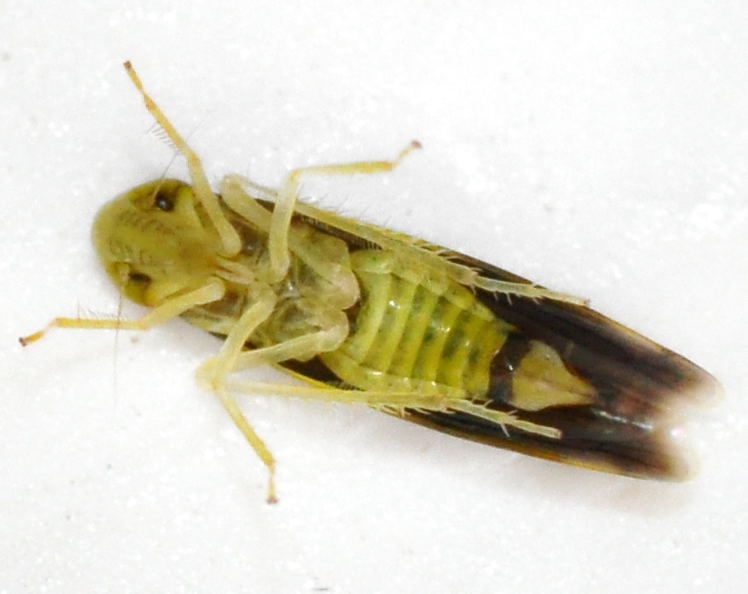
|
|
|
| synonym |
|
| description |
A dark, mostly blackish species. The vertex is a dirty yellow color, the face is yellow to white. The pronotum and scutellum are entirely blackish brown. The wings are almost entirely blackish brown, concolorous with the thorax, except for along the costal margin. There is a yellow stripe along almost the entire length of the costal margin, extending almost to the apical cross veins; the costal margin itself is a bold, contrasting yellow. The width of this yellow stripe varies among individuals, with some largely lacking the stripe; note that in individuals with thicker stripes, the yellow does not take up the entirety of the outer basal cell and remains more or less straight. The underside of the thorax and abdomen are yellow, except for the pregenital sternite of males which is a solid brown; the abdomen is dark brown above with yellow segments. The subgenital plates are somewhat triangular in shape, with broad bases that strongly taper. Teneral individuals have two red longitudinal lines on the sides of the midline on the head, and the pronotum has a median red transverse line; there are red markings on the pronotum behind each eye. Adults are 3.7- 4.0 mm long. (Christian, 1956) |
| distribution |
Eastern North America (3I) |
| abundance |
Recorded recently from the mountains and Piedmont; probably more abundant in the right habitat, especially in that region. |
| seasonal_occurrence | |
| habitat |
Has been found near montane mixed forest; a woodland species. |
| plant associates |
Ferns (Polypodiaceae) (3I) |
| behavior |
Can be attracted at night with a light. |
| comments |
This species is very similar to in appearance to E. omani. Both species are almost entirely blacksih dorsally, with slight differences in the wing coloration. In E. nigra, there is a longitudinal yellow stripe along the costal margin, extending almost to the apical cross veins. However, in E. omani, the outer basal cell along the costal margin is white to pale yellow in color, extending to the apical cross veins. Rather than having a pale stripe along the costal margin, almost the entire outer wing cell is pale. The two species also differ in size: nigra is 3.75-4.0 mm long, while omani is 3.0-3.25 mm. (Christian, 1956) |
status |
[Native:]
[Introduced:]
[Extirpated:] | | list_type |
[Official:]
[Provisional:] |
| adult_id | Unmistakable and widely known Identifiable from good quality photos of unworn specimens
Identifiable from photos showing undersides, or other specialized views [e.g., legs, face]
Identifiable only by close inspection of structural features or by DNA analysis NULL |
| nymph_id | Unmistakable and widely known Identifiable from good quality photos, especially where associated with known host plants
Identifiable from close inspection of specimens or by DNA analysis
Identifiable only through rearing to adulthood NULL |
| G_rank |
|
| S_rank |
|
| rank_comments |
|
| tribe |
Typhlocybini |
| subgenus |
Eupteryx |
Species Photo Gallery for Eupteryx nigra No Common Name |
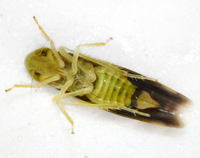 | Photo by: Kyle Kittelberger, Brian Bockhahn, Paul Scharf
Avery Co.
Comment: grassy, open area with shrubby vegetation and mixed forest nearby | 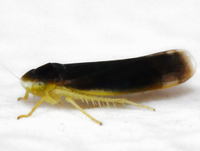 | Photo by: Kyle Kittelberger, Brian Bockhahn, Paul Scharf
Avery Co.
Comment: grassy, open area with shrubby vegetation and mixed forest nearby |
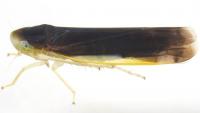 | Photo by: John Rosenfeld
Out Of State Co.
Comment: | 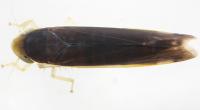 | Photo by: John Rosenfeld
Out Of State Co.
Comment: |
 | Photo by: Erich Hofmann
Bladen Co.
Comment: https://www.inaturalist.org/observations/64322650 |

 »
»